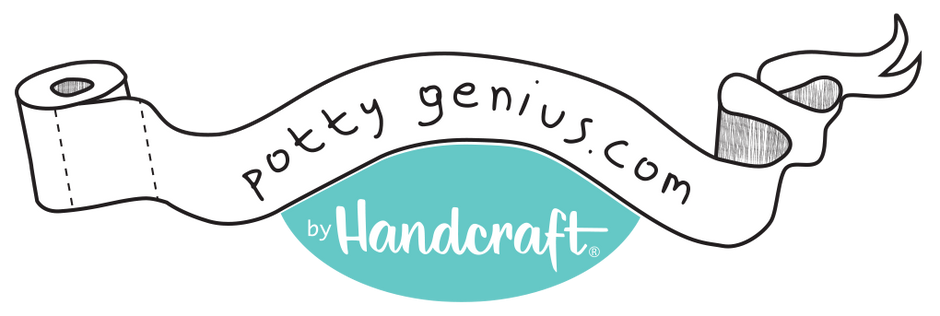The start of toilet training means that your child has to adjust to life without a diaper, and learn go to the bathroom whenever they feel the urge. You can make this transition easier for your child
by preparing them for the different activities associated with toilet training. But, before you begin, The American Academy of Pediatrics recommends assessing your child’s toilet training readiness. Ready or Not Timing is important for toilet training; however, your child may not be ready at the same time as other children. You need to rely on your child to determine readiness for this venture. According to the
Pediatrics Child Health Journal, your child’s physical activities, language, and attitude will let you know their toilet training readiness. You should observe your child closely and answer the following questions: Is your child psychologically ready? What is your child saying about using the toilet? Does your child have control? Does your child have the skills? The answers to these questions will let you know if the time is right to start toilet training.
Is Your Child Psychologically Ready?
A consistent pattern of urination and bowel movements is a sign that your child's toilet training readiness. Is your child aware of their need to go? Look out for behaviors like fidgeting before a bowel movement, grunting, and bending and pointing to the diaper, which are all signs of their awareness. Make sure that your home environment is also as stress-free as possible for the beginning of toilet training. The Clinical Psychology Associates of Central Florida recommend beginning toilet training in the absence of stressful events like traveling, guests, a new baby, or learning a difficult behavior.
What is Your Child Saying about Using the Toilet?
Your child is the key participant in the toilet training process, and input from your child is essential in determining their readiness. According to
American Family Physician, expressions of readiness can include, among others, your child asking to put on “big kid” underwear or sit on the toilet. Other expressions that signal toilet training readiness are movements and facial gestures that indicate the desire to move the bowels or urinate. Is your child saying “no”? This is a display of independence and is a sign of readiness. A child who tells you that their diaper is soiled and requests a new one is ready to leave the world of diapers as well.
Does Your Child Have Control?
One of the major problems that you will encounter during toilet training is accidents. Do not be alarmed when an accident occurs at any point in the process. Relapses happen and do not indicate failure. Experts for the _Pediatrics Child Health Journal _indicate that the average child develops bladder and bowel control by 18 months. However, your child may develop control and readiness earlier or later than that. Your child is ready for toilet training if he or she has developed adequate bladder and bowel control. A dry diaper after naps and two hour periods is an indication of bladder and bowel control.
Does Your Child Have the Skills?
To use the toilet your child has to perform all the different actions required for toileting. According to
American Family Physician, your child will give you hints of readiness through his or her actions, words and abilities. Your child is ready for toilet training when you recognize their ability to take off and put on clothes and obey simple commands. If he or she copies you and follows you to the toilet, your child is indicating their readiness my mimicking your actions. Toilet training is a major transition in your child’s life. The key to starting at the right time is making sure that you begin only when your child is ready. The appropriate age for toilet training varies for each child. In addition to the signs detailed above, a pediatrician can also assess your child’s readiness for toilet training at a well-child visit.
Additional Potty Training Resources:
What to Know About Potty Training Readiness 5 Signs to Watch for Potty Training Readiness

